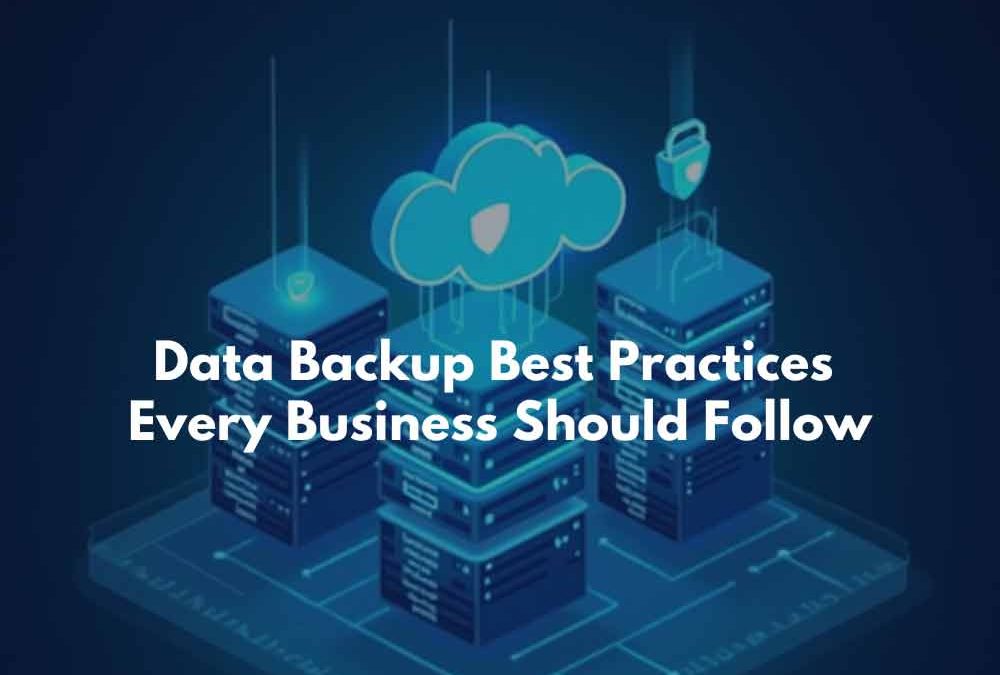Introduction
Data is the lifeline of every business today. From customer information to financial records and daily operations, organisations rely on data to function. But what happens if that data is suddenly lost due to system failure, ransomware, or human error?
Without a solid backup strategy, recovery can be difficult—or even impossible.
That’s why data backup is not just a technical task; it’s a business necessity. Here are some proven best practices every organisation should follow to ensure data is always safe and accessible.
1. Follow the 3-2-1 Rule
One of the most reliable guidelines in data protection is the 3-2-1 rule:
- 3 copies of your data (1 primary and 2 backups)
- 2 different storage media (e.g., local server and cloud)
- 1 copy offsite (to protect against physical damage like fire or flood)
This strategy ensures that even if one copy is compromised, your business still has other safe versions to rely on.
2. Use Both On-Premise and Cloud Backups
Relying only on local servers is risky—hardware can fail, and disasters can strike. At the same time, depending solely on the cloud can also be dangerous if there are internet outages or issues with the service provider.
A hybrid approach that combines on-premise and cloud backups gives you the best of both worlds: quick access to local data and long-term resilience through cloud storage.
3. Automate Backups to Avoid Human Error
Manual backups are easy to forget and often inconsistent. Businesses should use automated backup solutions to schedule regular copies without needing constant attention. Automation reduces human error and ensures backups are always up to date.
4. Encrypt and Secure Your Backups
Backups themselves can become a target for cybercriminals. Sensitive data should always be encrypted before storage, whether on physical drives or in the cloud. Access should also be restricted to authorised personnel only.
5. Regularly Test Your Backups
Having backups is meaningless if they don’t work when needed. Many businesses only discover corrupted or incomplete backups after an incident. To avoid this, conduct regular recovery tests to ensure files can be restored quickly and accurately.
6. Document and Review Your Backup Policy
Backup processes should be documented and reviewed regularly. As your business grows and adopts new technologies, your backup strategy should evolve to cover new systems, applications, and compliance requirements.
Conclusion
Data loss can happen at any time, but with the right backup practices in place, businesses can recover quickly and continue operations with minimal disruption. By following the 3-2-1 rule, combining cloud and local solutions, automating backups, securing data, and testing regularly, organisations can build a strong safety net for their most valuable asset—data.
▶️ Missed our recent webinar “Rethinking Data Protection & Backup in 2025: Is Your Data Safe?” Click here to watch the replay
At Condition Zebra, we help organisations design and maintain secure backup strategies as part of a wider cybersecurity framework. The key is simple: don’t wait for a disaster to happen before protecting your data.
Contact Condition Zebra today for a free consultation with our Cybersecurity Expert.

